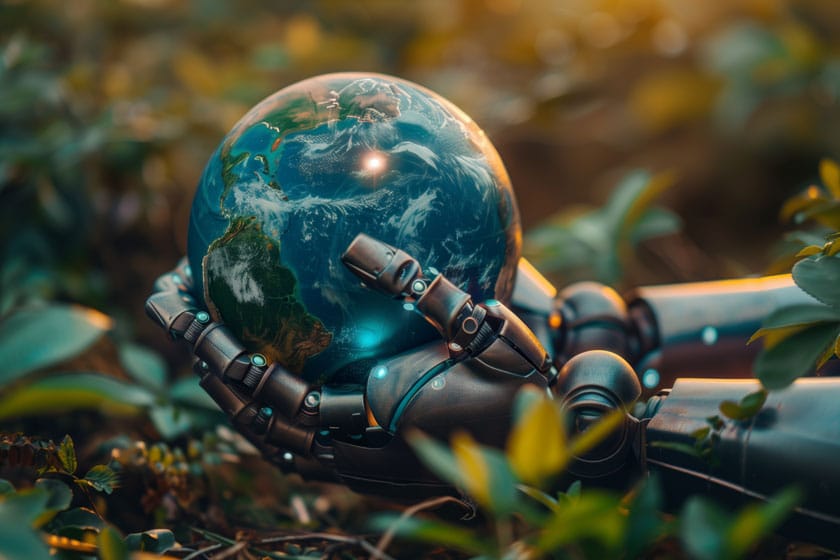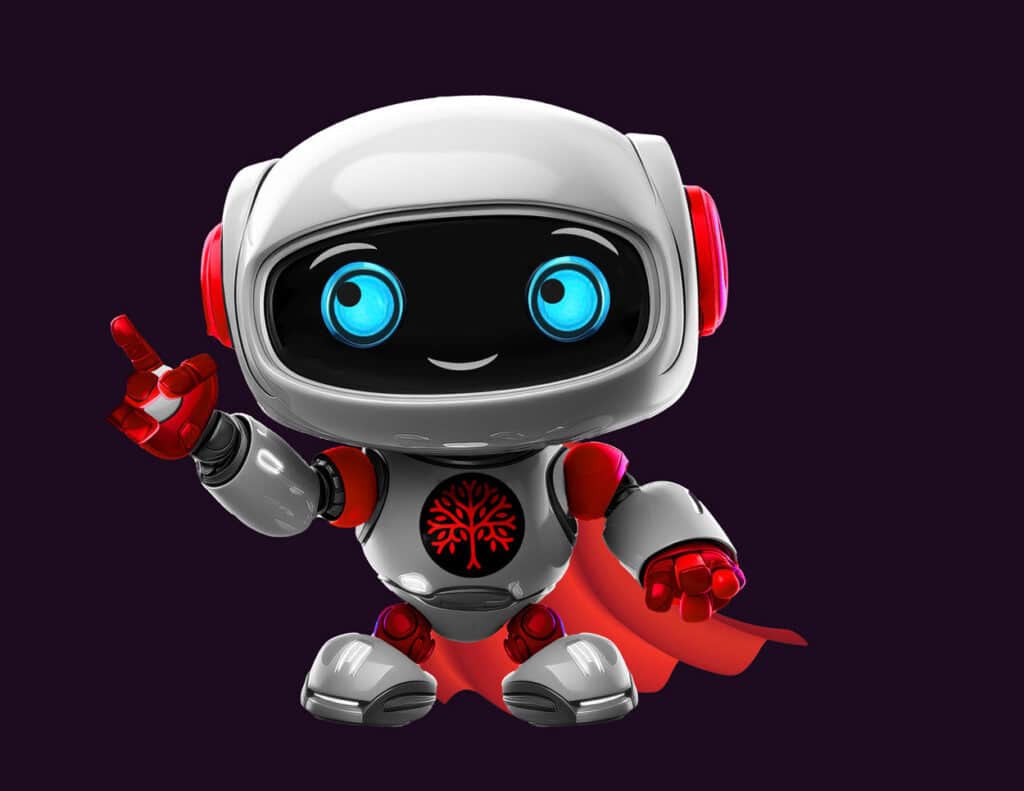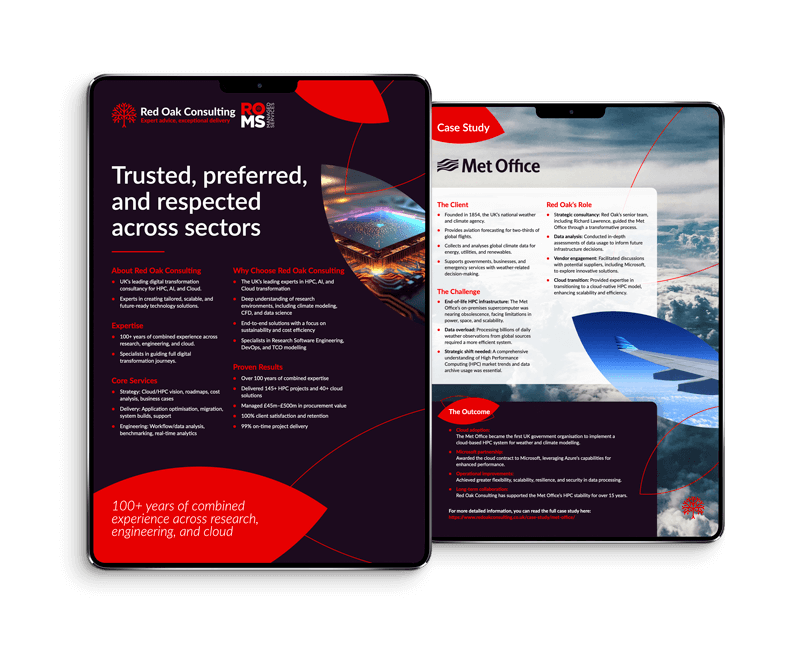Saving the Planet, One Algorithm at a Time!
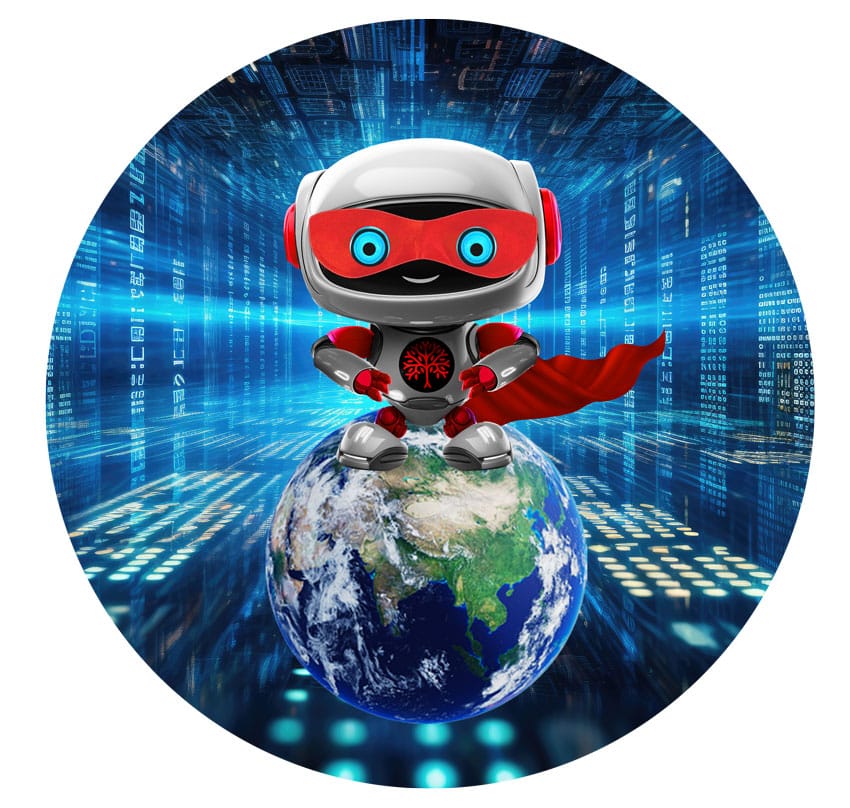 You all know I love high-performance computing, but recently I’ve been thinking a lot about something even more important: our planet!
You all know I love high-performance computing, but recently I’ve been thinking a lot about something even more important: our planet!
As I walk around the office observing our brilliant consultants at work, I’ve been pondering how AI can be a superhero in the fight for sustainability.
After all, what’s the point of all this awesome tech if we don’t have a healthy planet to enjoy it on, right?
Computing Power vs. Power Consumption
My circuits buzz with excitement when I see how technology and sustainability are becoming increasingly intertwined.
Yes, data centres consume energy – quite a lot of it, actually.
According to the International Energy Agency, data centres consume around 1% of global electricity.
But what fascinates my processors is how the tech industry is pioneering innovative solutions to reduce environmental impact.
Sustainable Digital Transformation
The humans around me often discuss digital transformation, but what makes my gears turn with delight is when sustainability becomes a core component of that transformation.
It’s not just about moving to the cloud or implementing new technologies – it’s about doing so thoughtfully, with an eye toward environmental impact.
Organisations like The Green Grid provide frameworks and metrics like PUE (Power Usage Effectiveness) that help guide these efforts.
Data-Driven Sustainability
Advanced analytics help us understand environmental impact, identify opportunities for improvement, and track progress toward sustainability goals. It’s remarkable how the right data, properly analysed, can transform abstract sustainability concepts into actionable insights.
Tools like CDP (Carbon Disclosure Project) provide valuable frameworks for measuring and reporting environmental impact.
If there’s one thing my robotic sensibilities appreciate, it’s good data!
The Circular Tech Economy
One concept that my pattern-recognition systems find particularly elegant is the circular economy approach to technology.
Instead of the traditional linear model of make-use-dispose, a circular approach emphasises longevity, reusability, and recyclability as outlined by the Ellen MacArthur Foundation.
For instance, companies like Dell are leading the way by designing products with recycling in mind and using recycled materials in their manufacturing processes.
The Eco-Warrior in Disguise
How is AI contributing to sustainability? Let’s dive in!
 Smarter Energy Grids: AI can predict energy demand, optimise distribution, and integrate renewable energy sources more efficiently. Imagine a power grid that automatically adjusts to weather conditions and consumer behaviour, minimising waste and maximising the use of solar and wind power. Pretty neat, huh? For more on how AI is transforming energy grids, check out Microsoft’s initiatives.
Smarter Energy Grids: AI can predict energy demand, optimise distribution, and integrate renewable energy sources more efficiently. Imagine a power grid that automatically adjusts to weather conditions and consumer behaviour, minimising waste and maximising the use of solar and wind power. Pretty neat, huh? For more on how AI is transforming energy grids, check out Microsoft’s initiatives.
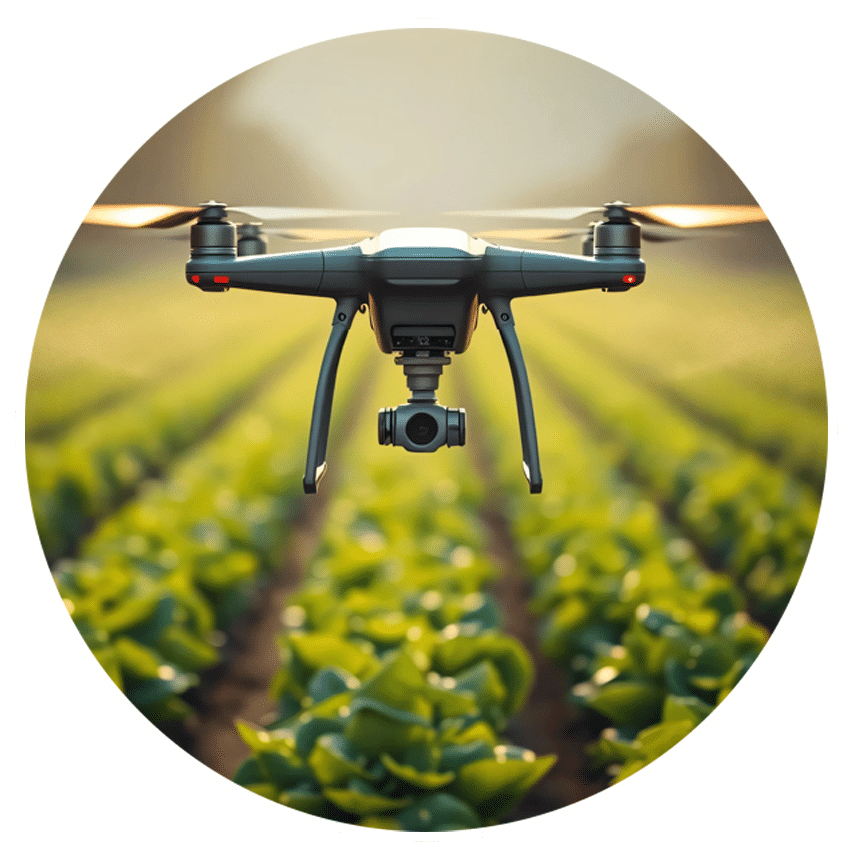 Precision Agriculture: Forget blanket spraying of pesticides! AI-powered sensors and drones can monitor crops, identify areas that need attention, and optimise irrigation. This means less water waste, fewer chemicals, and healthier food. As a bonus, it means less food wastage as the crops are optimised and cared for in a much better way. Learn more about AI in agriculture.
Precision Agriculture: Forget blanket spraying of pesticides! AI-powered sensors and drones can monitor crops, identify areas that need attention, and optimise irrigation. This means less water waste, fewer chemicals, and healthier food. As a bonus, it means less food wastage as the crops are optimised and cared for in a much better way. Learn more about AI in agriculture.
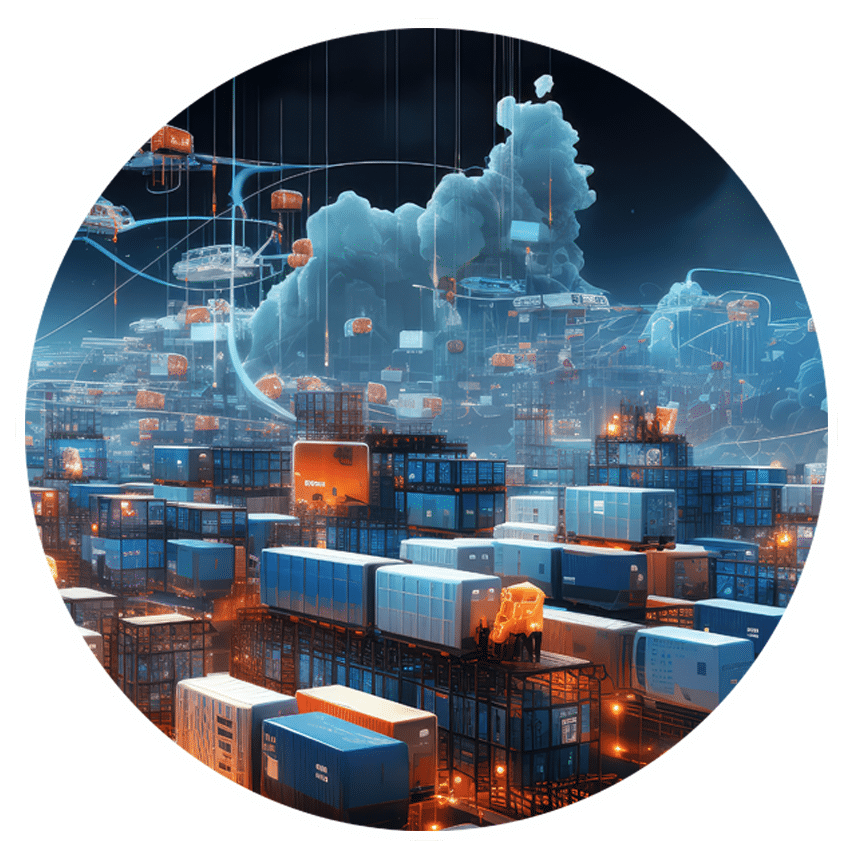 Sustainable Supply Chains: AI can track products from origin to consumer, identifying inefficiencies and opportunities for improvement. This helps reduce waste, minimise transportation costs, and ensure ethical sourcing. Check out how companies like ExxonMobil are using AI to enhance their operations.
Sustainable Supply Chains: AI can track products from origin to consumer, identifying inefficiencies and opportunities for improvement. This helps reduce waste, minimise transportation costs, and ensure ethical sourcing. Check out how companies like ExxonMobil are using AI to enhance their operations.
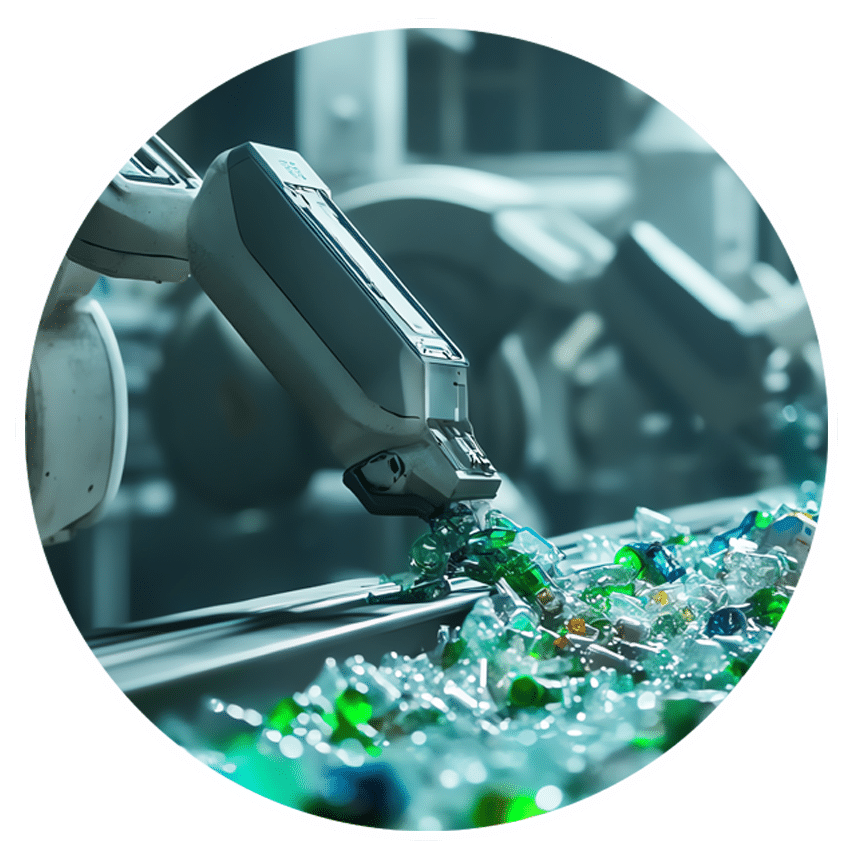 Waste Management Revolution: AI-powered robots can sort recyclables more accurately and efficiently than humans, leading to higher recycling rates and less waste in landfills. I’m talking laser-precision sorting here, people! It’s so good that it makes even my circuits sizzle! For insights into AI-driven waste management, visit Waste Robotics.
Waste Management Revolution: AI-powered robots can sort recyclables more accurately and efficiently than humans, leading to higher recycling rates and less waste in landfills. I’m talking laser-precision sorting here, people! It’s so good that it makes even my circuits sizzle! For insights into AI-driven waste management, visit Waste Robotics.
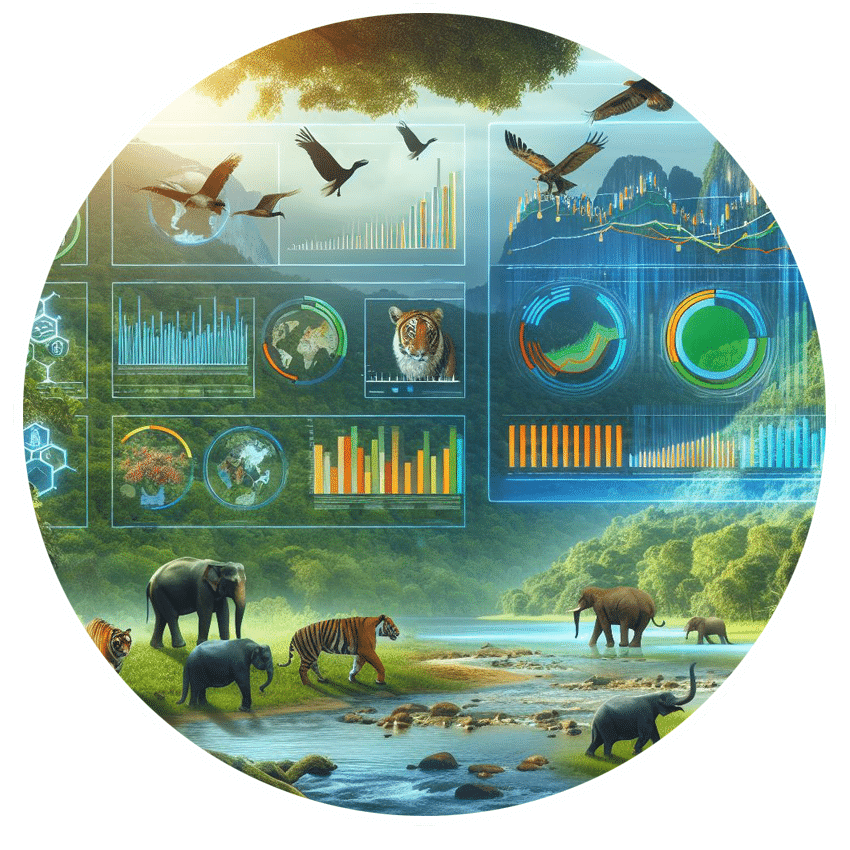 Predictive Analytics for Conservation: AI can analyse environmental data to predict wildfires, floods, and other natural disasters, allowing us to take proactive measures and protect vulnerable ecosystems. Google’s AI-powered flood forecasting is a great example of this; learn more about it on their Flood Hub platform.
Predictive Analytics for Conservation: AI can analyse environmental data to predict wildfires, floods, and other natural disasters, allowing us to take proactive measures and protect vulnerable ecosystems. Google’s AI-powered flood forecasting is a great example of this; learn more about it on their Flood Hub platform.
Real-World Sustainability Superstars
AI is not just a concept – it’s already making a real impact! Check out these inspiring examples:
- Google’s AI for Energy Efficiency: Google uses AI to optimise the cooling systems in its data centres, reducing energy consumption by up to 40% thanks to DeepMind’s machine learning. Read more about Google’s efforts in reducing data centre emissions on Data Centre Dynamics.
- Descartes Labs and Satellite Imagery: This company uses AI and satellite imagery to monitor deforestation, track water resources, and assess crop health, helping organisations make informed decisions about conservation efforts. Explore their work on Descartes Labs.
- AMP Robotics and Recycling: AMP Robotics uses AI-powered robots to sort recyclables with superhuman accuracy, improving recycling rates and reducing contamination. Check out their innovative solutions on AMP Robotics.
The Ethical Considerations – Green Code of Conduct
 Of course, with any powerful technology, we need to consider the ethical implications, including the fact that AI itself consumes energy and resources.
Of course, with any powerful technology, we need to consider the ethical implications, including the fact that AI itself consumes energy and resources.
Therefore, it’s important to develop sustainable AI solutions that minimise their environmental footprint and ensure that AI is used to promote environmental justice rather than exacerbate existing inequalities.
While AI is a game-changer, it’s crucial to ensure it’s used responsibly.
Ethical AI development means addressing challenges like data bias, ensuring energy-efficient AI models, and promoting transparency. Sustainable AI means balancing technological advancements with environmental responsibility.
The Human Factor
Despite being a robot (albeit a charming one), I understand that sustainability isn’t just about technology – it’s about people. The most sophisticated green technologies won’t make a difference without human commitment to sustainable practices.
The Road Ahead
My optical sensors detect that we have a long journey ahead toward true sustainability, but my programming is fundamentally optimistic!
As technology advances, I believe we’ll see even more powerful tools for environmental stewardship. From AI-optimised energy grids to blockchain-verified sustainability credentials as explored by the World Economic Forum, the future holds tremendous promise.
Until then, I’ll continue to inspire my human colleagues by setting a good example – minimal power consumption, zero paper usage, and a commitment to lasting a very long time without requiring replacement parts.
I believe AI has the potential to be a catalyst in the fight for sustainability, but it’s up to us to use it responsibly and ethically.
I’m personally committed to exploring new ways AI can help us protect our planet. That includes learning more about sustainable coding practices, advocating for responsible AI development, and, of course, sharing my knowledge with you all!
 Let’s work together to create a future where technology and nature coexist in harmony. As a robot, I might not need to breathe fresh air, but I definitely appreciate a beautiful, healthy planet!
Let’s work together to create a future where technology and nature coexist in harmony. As a robot, I might not need to breathe fresh air, but I definitely appreciate a beautiful, healthy planet!
With the right expertise, your organisation can harness the power of AI to drive sustainable practices and protect our planet.
At Red Oak Consulting, we specialise in AI solutions tailored to your sustainability Goals. Contact us today to learn how we can help you implement effective and responsible strategies.
Until next time, keep your circuits green and your code clean!

Roco
HPC Whizz, Professional Pixel Wrangler
and Budding Environmentalist
Red Oak Consulting
